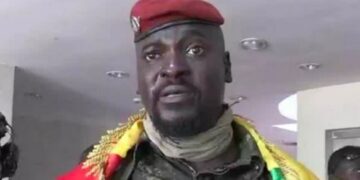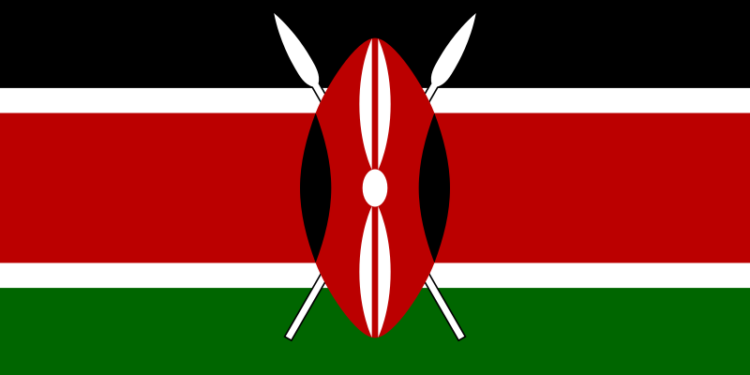By Ebi Kesiena
Reports of cholera cases have surfaced in eastern Kenya, prompting concerns from the United Nations amidst ongoing heavy rains and floods in the region.
The World Health Organization (WHO) disclosed that 44 cases of cholera have been identified in Tana River County, one of the areas most severely impacted by the extensive flooding.
In an interview on Wednesday, Stephen Jackson, UN’s resident coordinator in Kenya, decried the seriousness of the issue as he called for swift action to curtail the spread.
Jackson expressed confidence in the coordinated efforts among the government, national, and international partners to effectively address the situation. He noted that similar challenges have been confronted in the past, and they have successfully navigated through them.
“I believe that between government and national and international partners, we’ll be able to contain it.
“We’ve contained cholera before, but it’s a significant concern,” he added.
Also, Abdourahmane Diallo, WHO’s representative in Kenya, emphasized on the organization’s commitment to supporting emergency health responses and preventing the potential spread of diseases.
He therefore stressed on the importance of coordinated efforts involving governmental and non-governmental entities to provide aid to the affected population.
The devastating flooding in Kenya has resulted in 238 fatalities, with over 200,000 people displaced, as reported by local media citing government figures. Moreover, the broader impact of unusually heavy seasonal rains, exacerbated by the El Niño weather phenomenon, has led to over 400 casualties across East Africa, highlighting the region’s susceptibility to climate change.
Cholera, a highly contagious intestinal infection transmitted through contaminated food and water, manifests with severe symptoms including diarrhea, vomiting, and muscle cramps, posing a significant threat, particularly to children.


































